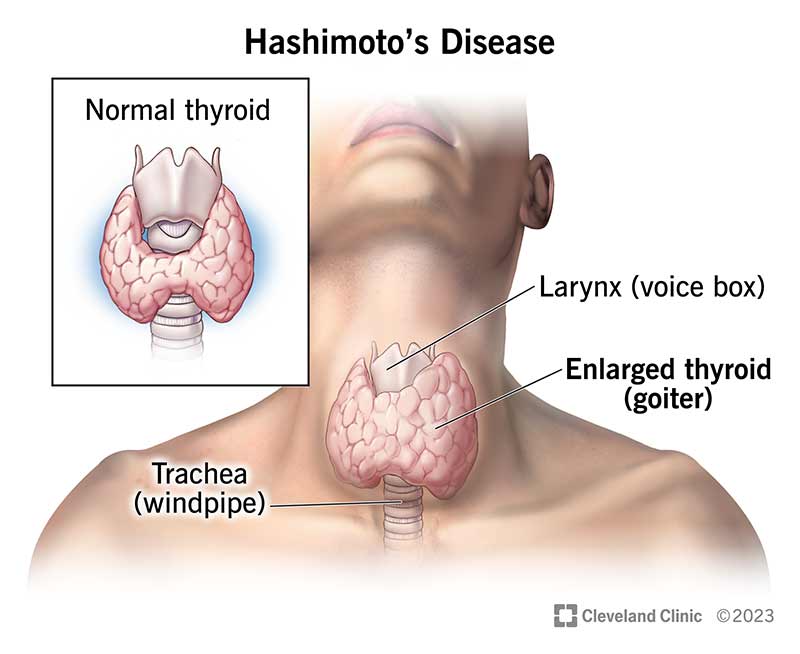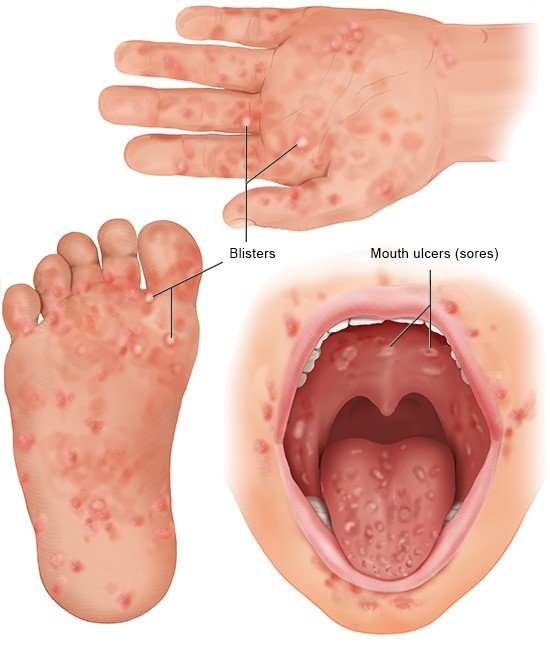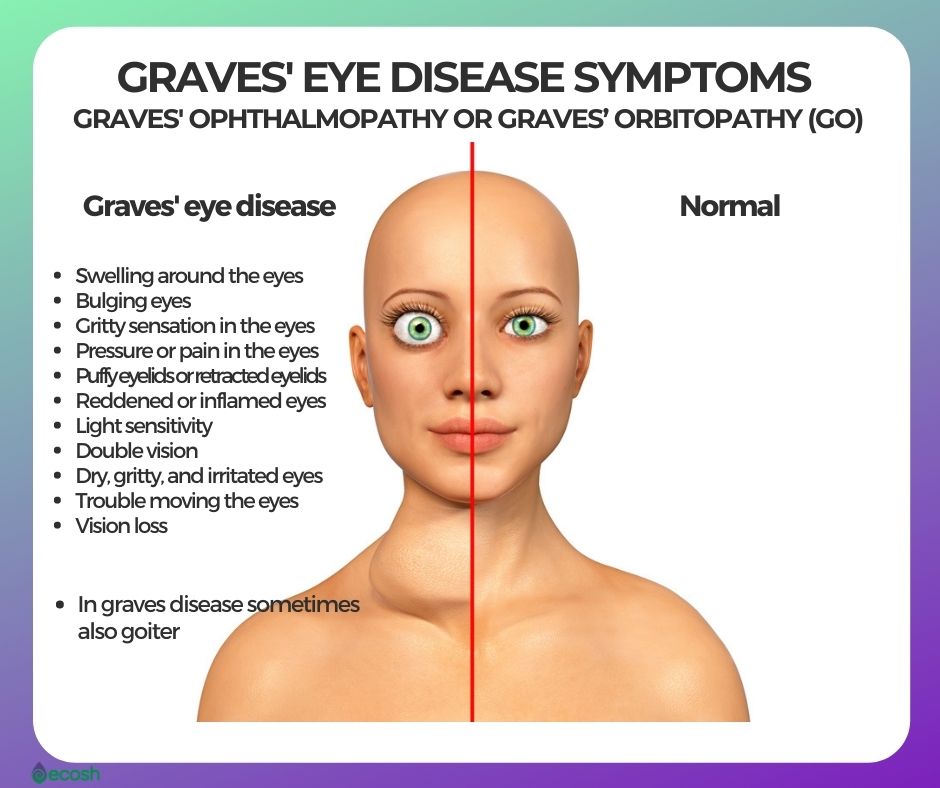Nursing Paper Example on Henoch-Schönlein purpura
Henoch-Schönlein purpura (HSP) is a form of small-vessel vasculitis that most commonly affects children but can also occur in adults. The disease is characterized by the deposition of immunoglobulin A (IgA) complexes in the blood vessels, which leads to inflammation. HSP typically presents with a purpuric rash, joint pain, abdominal pain, and kidney involvement. The pathophysiology of the disease is complex and not fully understood, though it is often triggered by infections, medications, or other environmental factors.

Causes
Henoch-Schönlein purpura is often triggered by a variety of factors, with infections being the most common cause. Upper respiratory infections, particularly those caused by viral agents such as the adenovirus, parvovirus, and influenza, are frequently linked to the onset of HSP. Streptococcus infections, often in the form of strep throat, are another common trigger.
In addition to infections, certain medications have been implicated in triggering the disease. These include nonsteroidal anti-inflammatory drugs (NSAIDs), antibiotics, and vaccinations, which can induce immune responses that lead to the deposition of immunoglobulin A (IgA) in blood vessel walls.
Genetic factors also play a role in the development of HSP. Individuals with a family history of autoimmune diseases or vasculitis may be more susceptible to the condition. Research indicates that abnormalities in immune system regulation, particularly involving IgA, contribute to the pathogenesis of the disease.
Environmental factors, such as exposure to pollutants or changes in climate, may further contribute to the development of Henoch-Schönlein purpura in genetically predisposed individuals. However, the interplay between genetics, environmental factors, and immune dysregulation remains complex and not fully understood.
Signs and Symptoms
The primary symptom of Henoch-Schönlein purpura is the presence of purpura, which refers to purple spots on the skin caused by bleeding underneath. These spots typically appear on the lower extremities and buttocks, and may also be seen in the arms. The skin lesions can range from small, red dots to larger bruises.
Abdominal pain is another hallmark symptom of HSP, affecting many patients. This pain is often cramp-like and can be intense, sometimes accompanied by nausea and vomiting. It is important to note that abdominal pain may mimic other conditions like appendicitis, making diagnosis challenging.
Joint pain and swelling are also common, particularly affecting the knees and ankles. In some cases, arthritis-like symptoms may occur, leading to discomfort and limited mobility.
Additionally, some individuals with HSP experience kidney involvement, which can manifest as hematuria (blood in the urine) or proteinuria (excess protein in the urine). If left untreated, kidney damage may occur, potentially leading to renal failure.
Fever is present in some patients, and systemic symptoms like fatigue and malaise can contribute to the overall discomfort. These symptoms may occur suddenly and often follow an upper respiratory infection or other triggering event.
Etiology
The exact cause of Henoch-Schönlein purpura (HSP) remains unclear, but it is thought to be triggered by a variety of factors that lead to an immune system response. In many cases, HSP follows a preceding infection, most commonly a respiratory infection caused by viruses like adenovirus or streptococcus. These infections seem to prompt the immune system to produce antibodies, which then form immune complexes that deposit in blood vessels, leading to inflammation and the hallmark symptoms of HSP, such as purpura.
Genetics may also play a role in the development of HSP, as certain family members may have an increased risk of the disease, although no specific gene has been definitively linked to the disorder. HSP is more common in children than adults, with male children being more affected than females.
Other factors that might contribute to HSP include drug reactions, such as to antibiotics or nonsteroidal anti-inflammatory drugs (NSAIDs), and autoimmune conditions. The inflammatory response in HSP is thought to result in vasculitis, which affects small blood vessels and causes leakage of blood and fluid into the surrounding tissue, leading to symptoms like purpura and organ involvement.
Despite these associations, the precise etiology remains complex and likely involves both genetic predisposition and environmental factors.
(Nursing Paper Example on Henoch-Schönlein purpura)
Pathophysiology
The pathophysiology of Henoch-Schönlein purpura (HSP) is primarily characterized by the formation of immune complexes that deposit in small blood vessels, causing vasculitis. The immune complexes, typically consisting of immunoglobulin A (IgA), are triggered by an initial infection or other stimuli. Once these complexes accumulate in the walls of blood vessels, especially in the skin, kidneys, joints, and gastrointestinal tract, they lead to inflammation.
The deposition of these complexes activates the complement system, which amplifies the inflammatory response. This results in the damage and leakage of blood vessels, causing the characteristic symptoms of HSP. The skin manifestations, such as purpura, occur due to hemorrhage from the ruptured blood vessels, while the renal involvement can lead to glomerulonephritis. This can sometimes progress to kidney damage if left untreated.
In the gastrointestinal tract, inflammation may result in abdominal pain, nausea, and vomiting, while joint involvement leads to swelling and pain. The overall inflammation seen in HSP is a result of both the immune complexes and the subsequent activation of inflammatory pathways, including T-cell-mediated responses, further promoting vasculitis. This disorder primarily affects small vessels but can involve medium-sized vessels in severe cases, leading to more widespread tissue damage.
DSM-5 Diagnosis
Henoch-Schönlein purpura (HSP) is not explicitly listed as a separate disorder in the DSM-5, as it is primarily considered a physical, autoimmune condition rather than a psychiatric disorder. Therefore, HSP does not have specific diagnostic criteria outlined in the DSM-5. Instead, its diagnosis is based on clinical features and laboratory findings, including the presence of palpable purpura, abdominal pain, kidney involvement (hematuria or proteinuria), and arthritis or arthralgia.
The clinical diagnosis of HSP is often confirmed by identifying characteristic skin lesions and the presence of IgA deposits in affected tissues. In addition, a thorough history and clinical presentation are essential for differentiating HSP from other vasculitides or systemic diseases that may present with similar symptoms.
While the DSM-5 does not address HSP, clinicians can use it to rule out other psychiatric or psychosomatic disorders if the patient presents with associated anxiety, depression, or other psychological symptoms secondary to the physical condition. It is important to note that managing HSP often requires a multidisciplinary approach, including pediatricians, rheumatologists, and nephrologists, rather than a focus on psychiatric diagnosis alone.
Treatment Regimens
The treatment of Henoch-Schönlein purpura (HSP) primarily focuses on managing symptoms, preventing complications, and addressing underlying causes when possible. Most cases are self-limiting, requiring only supportive care. However, in severe cases, especially those involving kidney dysfunction or gastrointestinal symptoms, more intensive interventions may be necessary.
For mild cases, the use of nonsteroidal anti-inflammatory drugs (NSAIDs) can help alleviate joint pain and inflammation. Corticosteroids, such as prednisone, are commonly used for moderate to severe cases, particularly when there is significant kidney involvement, gastrointestinal bleeding, or severe purpura. These medications help to reduce inflammation and prevent further damage to organs.
In cases where renal involvement progresses to nephrotic syndrome or significant proteinuria, immunosuppressive therapies such as cyclophosphamide or azathioprine may be considered to control the inflammatory process. Rituximab has also been explored as a treatment option in resistant or recurrent cases of HSP.
For patients with severe gastrointestinal manifestations or life-threatening bleeding, intravenous immunoglobulin (IVIG) may be used to reduce inflammation and support immune function. Additionally, ongoing monitoring of renal function is crucial to detect any potential complications early, especially in children and those with long-term symptoms.
The treatment plan for HSP should always be tailored to the individual, taking into account the severity of the disease and the presence of systemic complications.
(Nursing Paper Example on Henoch-Schönlein purpura)
Patient Education
For patients diagnosed with Henoch-Schönlein purpura (HSP), education about the disease and its management is crucial. HSP is often self-limiting, but patients need to understand the importance of monitoring symptoms and managing potential complications.
Patients should be advised to rest and avoid activities that might worsen joint pain or skin lesions. It is essential to keep the skin clean and dry to prevent infection in areas affected by purpura. As the disease can cause abdominal pain and gastrointestinal symptoms, a low-fat, easy-to-digest diet may help reduce discomfort.
Managing pain and inflammation with over-the-counter medications, such as acetaminophen or ibuprofen, should be discussed. However, nonsteroidal anti-inflammatory drugs should be used cautiously in patients with kidney involvement. In more severe cases, corticosteroids or immunosuppressive treatments may be prescribed, and patients must follow the prescribed medication regimen closely.
Close monitoring of kidney function is necessary, as HSP can affect the kidneys, leading to proteinuria or even nephritis. Regular check-ups with a healthcare provider to assess kidney health, as well as blood pressure monitoring, should be part of ongoing care.
Patients should be informed about the possible recurrence of the disease and when to seek medical attention if symptoms worsen, particularly if there are signs of kidney problems or gastrointestinal bleeding.
(Nursing Paper Example on Henoch-Schönlein purpura)
Conclusion
Henoch-Schönlein purpura is a small-vessel vasculitis primarily affecting children, though it can occur in adults. The disease involves immune-mediated damage caused by the deposition of IgA in the blood vessels. Common symptoms include purpura, arthritis, abdominal pain, and kidney involvement. The etiology of HSP is multifactorial, with infections and immune system dysregulation being key contributors. Although the disease is typically self-limiting, it can lead to long-term complications, particularly involving the kidneys. Treatment focuses on symptom management with NSAIDs, corticosteroids, and immunosuppressive medications when necessary. Patient education on recognizing symptoms and monitoring kidney function is crucial for managing the disease and preventing long-term consequences. Regular follow-up care is important, especially for individuals with significant kidney involvement, as early intervention can improve outcomes.
References
Ozen, S., & Pistorio, A. (2010). Epidemiology of Henoch-Schönlein purpura. Rheumatology, 49(6), 1035-1042. https://doi.org/10.1093/rheumatology/keq340
Lee, T. H., & So, K. M. (2014). Henoch-Schönlein purpura: Pathophysiology and diagnosis. The Journal of Pediatric Pharmacology and Therapeutics, 19(2), 75-81. https://www.jpedpharm.org/doi/10.5863/1551-6776-19.2.75
Kuo, C. F., & See, L. C. (2011). Henoch-Schönlein purpura in children: Epidemiology, clinical features, and complications. Pediatrics, 128(3), e675-e683. https://doi.org/10.1542/peds.2010-3734
Do you need a similar assignment done for you from scratch? Order now!
Use Discount Code "Newclient" for a 15% Discount!













